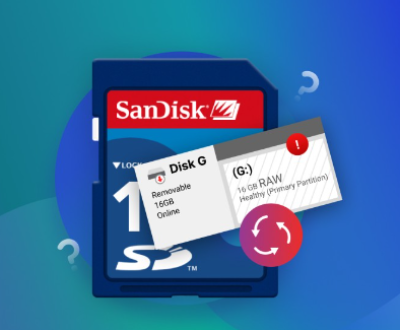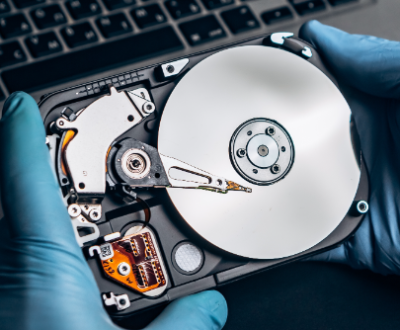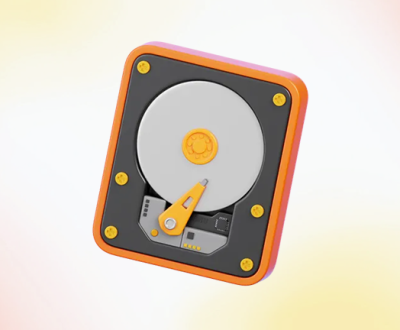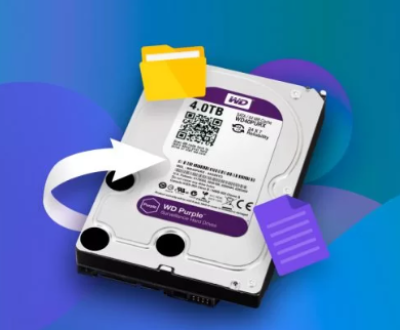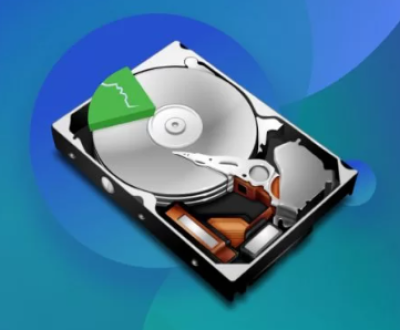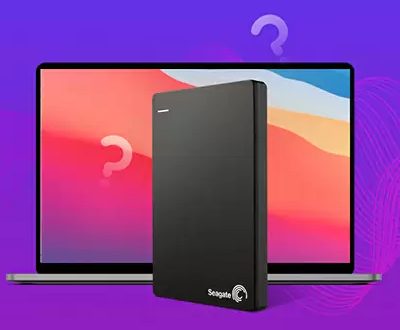If you’re a PC gamer, Steam is probably your go-to platform for downloading and playing games. But nothing kills the excitement of diving into a new game or an intense multiplayer match like a dreaded “disk read error”. This issue can strike unexpectedly and prevent you from installing, updating, or playing your games, leaving you frustrated and searching for answers. Fortunately, it’s a problem that can usually be fixed with the right approach.
What Is the Steam Disk Read Error?
The Steam disk read error usually appears during the process of installing or updating a game. You may see a message like:
“An error occurred while updating [Game Name] (disk read error)”
This means Steam tried to read or write to your hard drive during the installation/update process, and something prevented it from completing the action. The reasons behind this issue vary, and understanding them is key to resolving it effectively.

Common Causes of Steam Disk Read Errors
Before jumping into solutions, it helps to understand why this might be happening. The most common causes include:
Corrupted game files
Hard drive errors or physical damage
Permission issues
Antivirus or firewall interference
Outdated or buggy Steam client
File system errors
Disk write protection
Conflicting background software
Let’s dive into fixing it.
Step-by-Step Solutions to Fix Steam Disk Read Error
1. Restart Your Computer
This might seem obvious, but you’d be surprised how many issues are resolved with a simple reboot. Restarting can clear temporary system glitches and release locked files that might be causing the problem.
2. Run Steam as Administrator
Permission issues can stop Steam from writing to the disk. Running Steam with elevated privileges can resolve this.
Right-click on the Steam shortcut.
Click “Run as administrator”.
Try to update or install your game again.
3. Check the Game Files for Corruption
If the game you’re trying to update or install has corrupted files, it could trigger a read error.
Open Steam and go to your Library.
Right-click the problematic game.
Select Properties > Installed Files > Verify integrity of game files.
Steam will scan and repair missing or corrupted files.
4. Clear Steam Download Cache
Sometimes, the download cache becomes bloated or corrupted, leading to various issues, including disk errors.
Open Steam and go to Settings > Downloads.
Click Clear Download Cache.
Restart Steam and log back in.
Try your download again.
5. Change the Download Region
Steam connects to a content server in your region. If that server has issues, it could cause problems like disk read errors.
Go to Steam > Settings > Downloads.
Under Download Region, choose a different location.
Restart Steam.
6. Check Hard Drive Health
A failing or corrupted drive is a common culprit for read errors.
Run CHKDSK:
Press Windows + S, type cmd, right-click Command Prompt, and select Run as administrator.
Type:
bash
复制编辑
chkdsk C: /f /r
(Replace C: with the drive where your games are installed.)
Press Enter, then Y to schedule the scan on next reboot.
Restart your computer and let CHKDSK run.
If your drive has bad sectors, consider replacing it.
7. Check for Disk Write Protection
Steam may be blocked from writing to your drive if write protection is enabled.
Remove Write Protection:
Press Windows + R, type diskpart, and press Enter.
In the Diskpart window, type:
nginx
复制编辑
list disk
Then find the disk number of your game drive.
Select it:
bash
select disk X
(Replace X with the number of your drive.)
Disable write protection:
arduino
attributes disk clear readonly
Type exit and close the window.
8. Temporarily Disable Antivirus and Firewall
Sometimes, security software can interfere with Steam’s operations. Temporarily disabling them can help isolate the problem.
Disable your antivirus software and firewall.
Try to run the update or install again.
If the issue is resolved, add Steam as an exception in your antivirus and firewall settings.
9. Check Background Applications
Third-party software—especially disk utilities, overlay tools, or backup programs—can conflict with Steam.
Press Ctrl + Shift + Esc to open Task Manager.
Look for programs like:
MSI Afterburner
Razer Synapse
Logitech Gaming Software
Disk backup tools (Acronis, EaseUS)
Game boosters
Right-click and End Task on them one by one.
Retry your Steam operation.
10. Move the Game Installation to a Different Drive
If your drive is failing or overloaded, moving your installation to a new drive may help.
To move your game:
Go to Steam > Settings > Storage.
Add a new Steam library folder on a different drive.
Right-click the game in your library > Manage > Move install folder.
11. Reinstall Steam (Without Losing Games)
Sometimes, a corrupted Steam installation causes persistent errors. Reinstalling Steam can fix deep-rooted issues.
Steps:
Exit Steam completely.
Navigate to your Steam directory (usually C:\Program Files (x86)\Steam).
Delete all files except:
steamapps folder
userdata folder
Steam.exe
Run Steam.exe to reinstall Steam.
This retains your games and account data.
12. Check System Drive Space
Ensure your drive isn’t running low on storage. Insufficient disk space can prevent file writes.
Open File Explorer and check drive space.
Free up space by removing unnecessary files or uninstalling unused applications.
13. Disable Overclocking
If your system is overclocked, particularly the CPU or RAM, it may cause instability in certain operations like disk access.
Revert to default BIOS settings.
Save and reboot.
Test your Steam download again.
14. Install or Update Disk Drivers
Outdated or faulty disk drivers can lead to read/write issues.
Update your drivers:
Press Windows + X and select Device Manager.
Expand Disk drives.
Right-click your disk and choose Update driver.
Follow on-screen instructions.
Alternatively, visit your drive manufacturer’s website for the latest drivers.
15. Use Steam’s Built-In Error Logging
For more advanced users, Steam maintains logs that can help you diagnose issues.
Navigate to:
java
C:\Program Files (x86)\Steam\logs\
Look for files like content_log.txt or error.log.
Open them in Notepad and search for error strings near the time your issue occurred.
This can give insight into which game or operation caused the read error.
Long-Term Solutions to Avoid Steam Disk Errors
Fixing the problem is one thing, but how do you make sure it doesn’t come back? Here are a few long-term strategies:
Keep Steam Updated
Always run the latest version of Steam. Updates fix known bugs and improve compatibility.
Regularly Check Disk Health
Use tools like:
CrystalDiskInfo
Hard Disk Sentinel
SMART monitoring
to stay ahead of potential drive failures.
Enable Scheduled Maintenance
Let Windows automatically defragment and optimize your drives (for HDDs) or trim SSDs.
Search Defragment and Optimize Drives in the Start Menu.
Make sure your drives are scheduled for regular optimization.
Backup Your Game Files
If you play a lot of large games, consider periodically backing up your most-played titles using Steam’s backup feature:
Right-click a game > Backup Game Files.
This can save time and bandwidth if something goes wrong later.
When to Seek Professional Help
If you’ve tried all the above and still face Steam disk read errors, you might be dealing with hardware failure or deep system issues. It may be time to:
Run a diagnostic test from your drive manufacturer.
Consult a PC technician for a full system evaluation.
Consider replacing your hard drive if it shows signs of failure.
About us and this blog
Panda Assistant is built on the latest data recovery algorithms, ensuring that no file is too damaged, too lost, or too corrupted to be recovered.
Request a free quote
We believe that data recovery shouldn’t be a daunting task. That’s why we’ve designed Panda Assistant to be as easy to use as it is powerful. With a few clicks, you can initiate a scan, preview recoverable files, and restore your data all within a matter of minutes.
Subscribe to our newsletter!
More from our blog
See all postsRecent Posts
- How to recover deleted files in sd memory card 2025-07-15
- How to recover lost photos from sd card 2025-07-15
- How do you recover deleted files from sd card 2025-07-15

 Try lt Free
Try lt Free Recovery success rate of up to
Recovery success rate of up to

